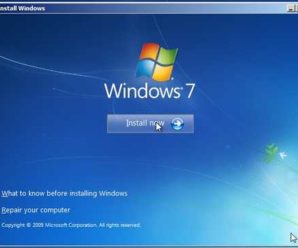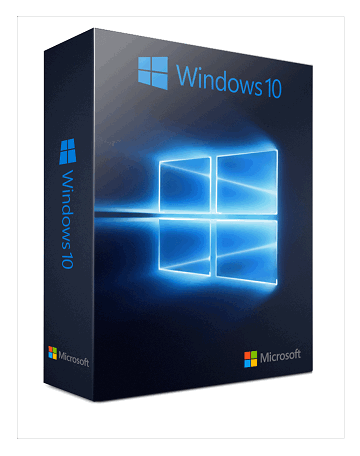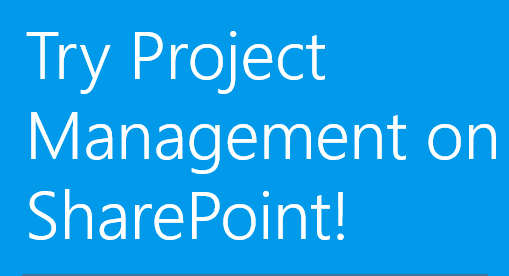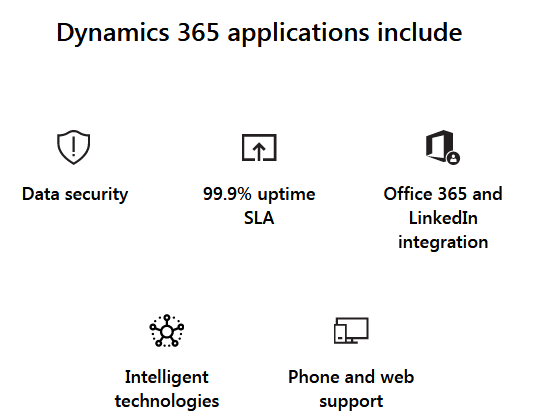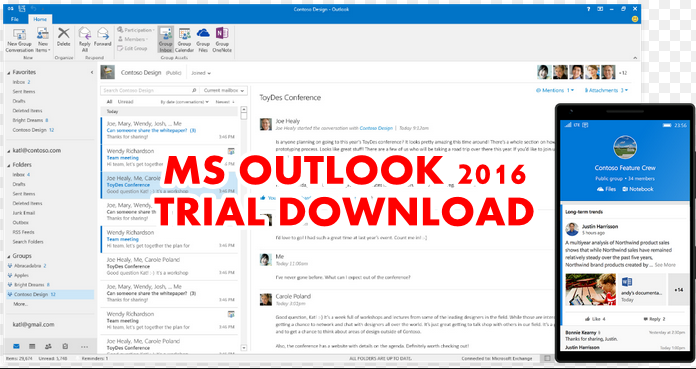Windows 7 is owned by Microsoft. It is an operating system (OS) released to function as the successor to windows vista. Initially, Windows 7 was designed as an update to the Windows Vista operating system, hence it was built on the Windows Vista kernel.
The Aero user interface was first introduced in Windows Vista and Both Windows Vista and Windows 7 makes use of the Aero user interface. The key difference between windows vista and Windows 7 as seen by the users includes faster booting time, availability of internet explorers (IE) 8 and new UIs.
Microsoft’s support for Windows 7 was billed to end on 1st January, 2015 but was extended to January 14 2020.
Windows 7 operating system exists in three main editions which are: Windows 7 Home Premium, windows 7 professional, Windows 7 ultimate. The Windows 7 starter packs, Windows 7 Home Basic and Windows 7 Enterprise versions are available in some Markets.
In the course of development, Windows 7 was assigned the code names Blackcomb and Vienna.
What are the key features of Windows 7.
Windows 7 operating systems allows users to pin their favorite and regularly used softwares to the taskbar. The task bar is very flexible as users can rearrange and reorder the softwares on the taskbar in any order that they desire.
Windows 7 has that availability of Libraries which serve as file storage. Some of the default library folders include: Documents library, pictures library, videos library, etc. Each of the Library folders exists in private and public versions.
Windows 7 has the Multi touch features as well as very accurate handwriting recognition.
Another amazing feature of the Windows 7 operating system is the snap and shake features. With the snap feature, users can drag a Window that is already open to one side of the screen either right or left and resize it to cover half of the screen. Nor!alcy of the window can be regained if the user window is pull off the side. Its normal screen size and shape is regained.
A window can be maximized automatically by simply dragging it to the top of the screen.
The shake feature allows users to hide all windows that are inactive so as to reveal the desktop by clicking the top of an open window and dragging it up and down.
All open Windows can also be minimized via the show feature. Minimizing them allows users to have access to the desktop. The show button can be found in the bottom right hand of the screen.
Other top features in the Windows 7 operating system.
- HomeGroup:
The HomeGroup is simply an interface or a platform where users can share files and folders with the group or individuals. The HomeGroup feature requires the use of password by users.
- Jump Lists:
This is another key feature that makes work easy for the users. It is designed to help users to navigate quickly yo the files that they have been working on regularly.
The Jump lists are found in the start menu or on the task bar. On windows 7 wpmicrosoft word, the Jump list displays some fresh files that the user had worked on.
- Direct Access for mobile workers:
The direct access feature is very supportive in multi factor authentication and encryption. It allows user to update Group policy settings and distribute the latest updates of the softwares whenever there is internet connection on the mobile device. This occurs when the User is logged in or not.
Microsoft in their own unique way of doing things designed the XP mode feature so as to allow the use of some Windows XP applications. This features allows older softwares designed for wimdowsXP to run on Windows 7 by using the virtualized version of the XP operating system.
Windows 7 harnesses the Wide Area Network (WAN) to optimize the effective and more efficient use of local, read-only caches.
BitLocker To Go allows the extension and management of on-disk encryption in portable storage devices.
A virtual hard disk (VHD) can be mounted for use on Microsoft Windows 7 PC for interactions as though it was a physical drive.
Windows 7 PC are embedded with the remote desktop feature which allows users to connect their desktop to another of and operate it remotely from a distance. This can be very helpful mostly if a user is in need of an important file or document which is stored in his home PC.
Windows 7 system requirements:
Some of the pertinent features and requirements for the Windows 7 operating system include:
It requires systems with at least 1 GHz processor (32 or 64 bit)
The system should have a minimum of 1GB of RAM (for 32- bit) and 2GB of RAM for (64-bit)
The system should have 16GB of available disk space (32-bit) or 20GB disk space (64-bit)
Another pertinent requirement is that the system should have DirectX 9 graphics device with Windows Display driver model 1.0 or a higher driver.
Can Microsoft Window 7 be used free?
This is very resounding question that would pop up on the !finds of many potential users. The answer is Yes!.
Microsoft has made it possible for user to to use the windows 7 free. The free version is the trial version which was designed specifically for users and IT experts to test run the operating system to check for compatibility in the final version of the product. The trial version procpvides the opportunity for users to be more vested with the changes and improvements on the previous versions of the windows operating systems. The free trial version period is 90 days. It is available on the various editions of the operating system and is compatible for use on both 32-bit and 64-bit computers.
How to download Windows 7 trial version.
Microsoft has deactivated all available copies of windows 7 trial version Following the release of windows 10. Right now, users can download the windows 7 full version and make use of it free for 90-days without activation. Windows 7 ISO can be downloaded directly from Microsoft website https://www.microsoft.com/en-us/software-download/windows7. The only requirement for the download is the product key.






